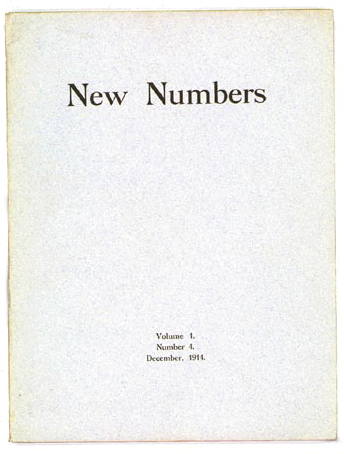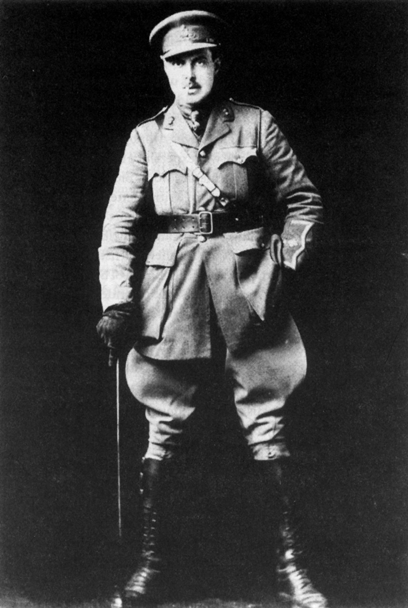Anthologies
This series of five volumes: 1911-1912, 1913-1915, 1916-1917, 1918-1919, and 1920-1922, was the forum for the works of the Georgian poets before, during and after the war. Such war poets as Rupert Brooke, Siegfried Sassoon, Robert Graves, Edmund Blunden, and Isaac Rosenberg all published in Georgian Poetry -- indeed, many getting their start as poets in the pages of the series. Even early works by D. H. Lawrence (who is not generally associated with the Georgians, but was part of the Georgian school) appear in the series. And the poetry of Wilfred Owen (who was proud to be considered a Georgian) would certainly have been published in Georgian Poetry had Edward Marsh, the editor, not prohibited the works of deceased authors. At any rate, by the end of the war (if not before), Georgianism was a spent force, and Owen's work was instead published posthumously by Edith Sitwell in Wheels 1919, effectively disassociating him with the Georgians in the minds of most later critics.
Before the war Rupert Brooke collaborated with (then better known Great War poet) Wilfrid Wilson Gibson, Lascelles Abercrombie, and John Drinkwater on a publication entitled New Numbers. Rupert Brooke's famous "1914" sonnets, including "I. Peace" and "V. The Soldier," first appeared in volume1, number 4 -- which turned out to be the last issue of New Numbers, as the war, and especially Brooke's death put an end to the collaboration. Foreshadowing the innocent Ringo-for- Pete Best exchange, Brooke named Wilfrid Wilson Gibson, Lascelles Abercrombie, and Walter de la Mare (rather than Drinkwater) as his heirs, unintentionally dooming the three to a lifetime of financial independence.
A post-war anthology containing works by poets who had been at one of the Cambridge colleges between 1914-1920. Includes Rupert Brooke and Jeffrey Day (both of whom died in the war), as well as Siegfried Sassoon (who went back to school after the war).
BLAST: Review of the Great English Vortex, edited by artist and writer Wyndham Lewis (who would later fight at Passchendaele, and publish his memoirs as Blasting & Bombardiering), occupied the spot on |

.jpg)

.jpg)
.gif)
